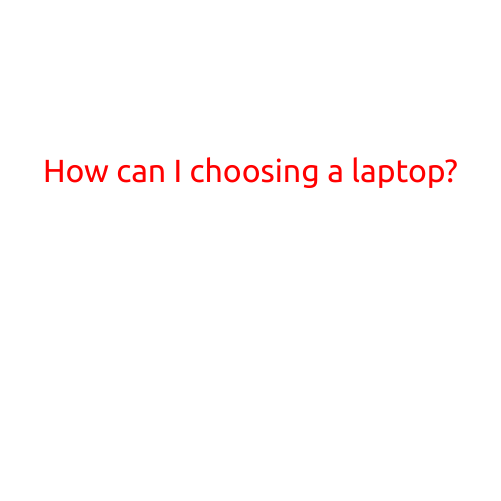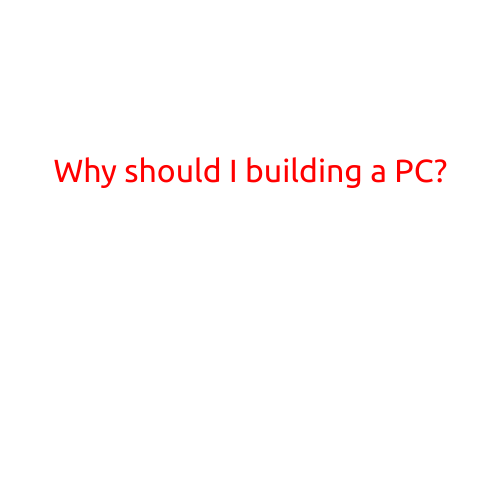
How Can I Choosing a Laptop?
Choosing the right laptop can be a daunting task, especially with the numerous options available in the market. With so many factors to consider, it’s easy to feel overwhelmed. In this article, we’ll break down the essential steps to help you make the right decision.
Step 1: Define Your Needs
Before you start shopping, take a moment to think about how you plan to use your laptop. Are you:
- A student who needs a laptop for research and note-taking?
- A gamer who requires a powerful machine for high-performance gaming?
- A professional who needs a laptop for work and will be using it extensively?
- A casual user who just wants to browse the web and check emails?
Understanding your needs will help you narrow down your options and focus on the features that matter most to you.
Step 2: Determine Your Budget
Laptops can range in price from a few hundred to several thousand dollars. It’s essential to set a budget before you start shopping. Ask yourself:
- How much can I afford to spend on a laptop?
- Are there any specific features I’m willing to compromise on to stay within my budget?
Step 3: Consider the Display
The display is one of the most important aspects of a laptop. Look for a laptop with a:
- High-resolution display (at least 1080p)
- Wide viewing angle
- Good brightness and contrast ratio (for outdoor use)
Step 4: Processor and RAM
The processor and RAM are crucial for performance and multitasking. Look for a laptop with:
- A recent-generation processor (e.g. Intel Core i5 or i7)
- At least 8GB of RAM (16GB or more is recommended for heavy users)
Step 5: Storage
Storage is where you’ll store your files, programs, and operating system. Consider:
- A Solid-State Drive (SSD) for faster loading times and improved performance
- A Hard Disk Drive (HDD) for larger storage capacity
Step 6: Battery Life
Battery life is a critical factor for laptops. Look for a laptop with:
- A battery life of at least 8 hours
- A quick-charge function for when you’re on the go
Step 7: Operating System
The operating system is the foundation of your laptop. Consider:
- Windows for gaming and Microsoft suite integration
- macOS for seamless integration with other Apple devices
- Chrome OS for a lightweight, web-based experience
Step 8: Ports and Connectivity
The types of ports and connectivity options you need will depend on your specific needs. Look for a laptop with:
- USB-C and USB-A ports for compatibility
- HDMI and DisplayPort for external monitor connectivity
- Wi-Fi and Bluetooth for wireless connectivity
Step 9: Durability and Build Quality
Laptops are subject to wear and tear, so consider:
- A sturdy and durable build
- A spill-resistant keyboard and touchpad
- A lightweight and portable design
Step 10: Read Reviews and Check the Warranty
Finally, read reviews from reputable sources and check the warranty offered by the manufacturer. This will help you ensure that you’re getting a high-quality laptop that meets your needs.
By following these steps, you’ll be well on your way to choosing the perfect laptop for your needs. Remember to prioritize your requirements, set a budget, and do your research to ensure you find the best laptop for you.





